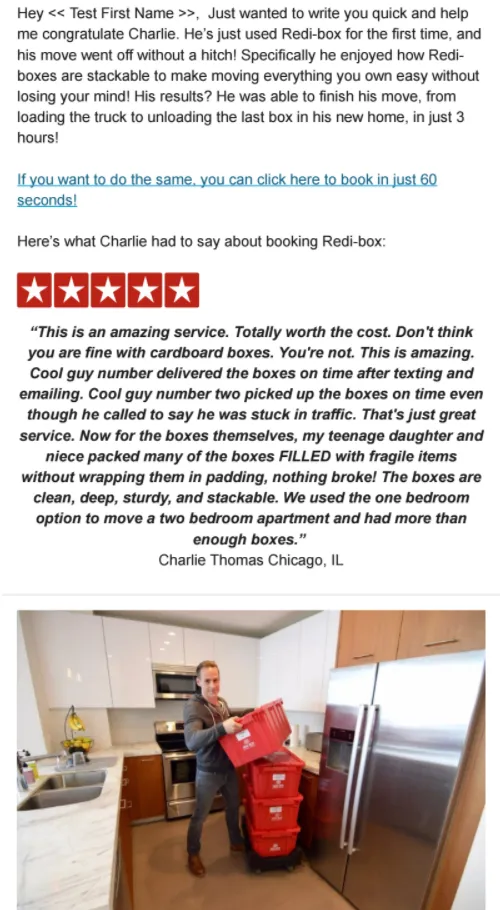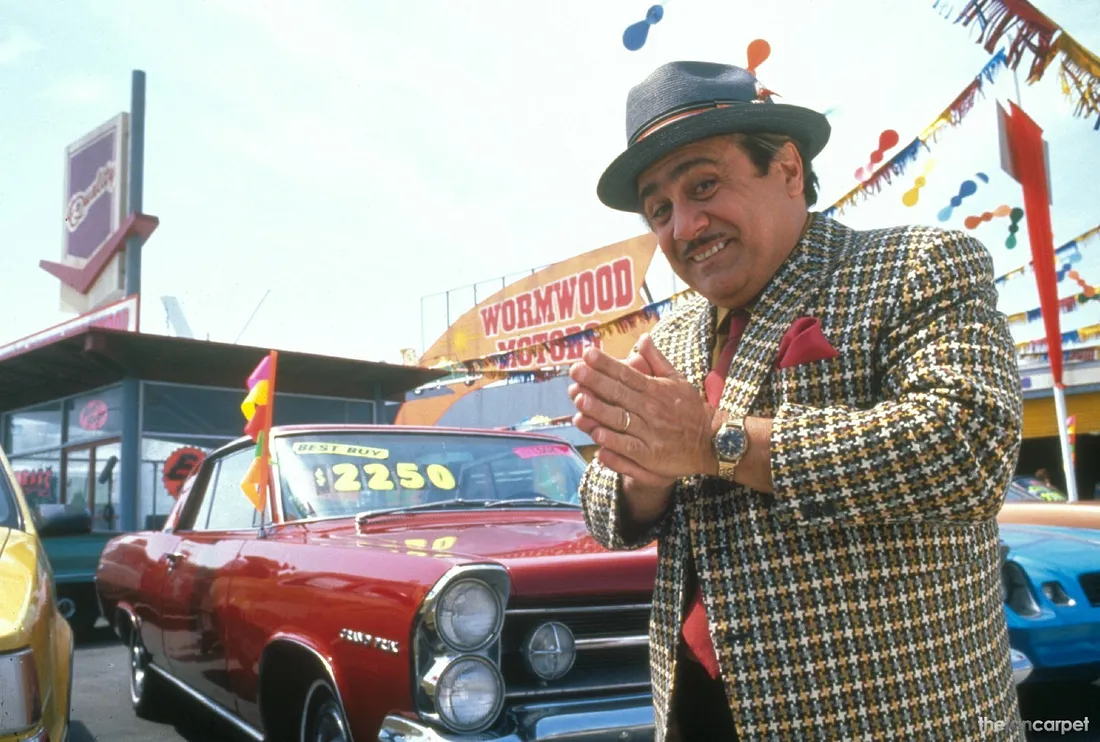
How You Sell Without Feeling Like a Scumbag
“I do not regard advertising as entertainment or an art form, but as a medium of information. When I write an advertisement, I don’t want you to tell me that you find it ‘creative’ — I want you to find it so interesting that you BUY the product.” — David Ogilvy
For some business owners, marketing is about finding out the hottest new technique and throwing as MUCH out there as possible to see what sticks. Saying anything and everything just to make the sale.
This is not the right way to approach your marketing.
“In saying this, I run the risk of being denounced by the idiots who hold that any advertising technique which has been in use for more than two years is ipso facto obsolete.” — David Ogilvy
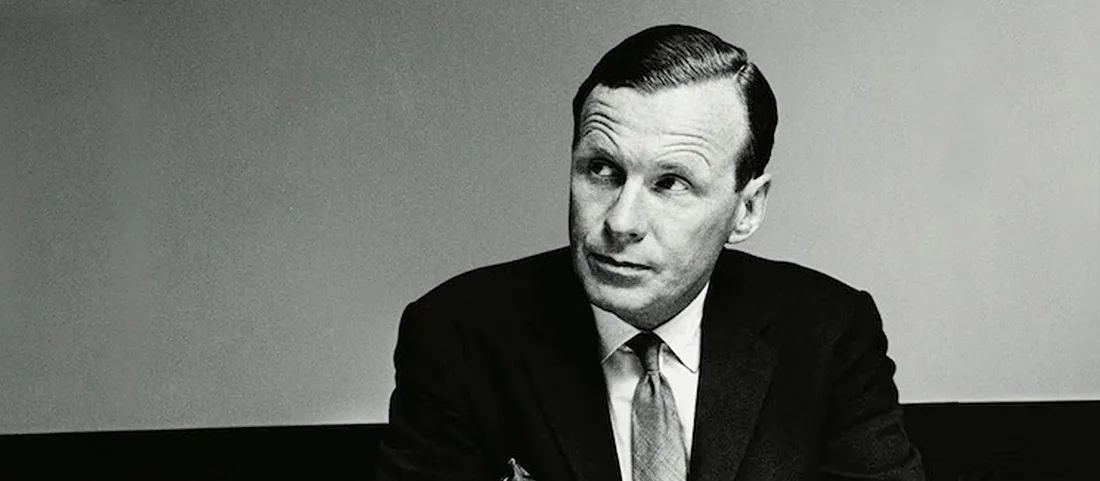
Marketing isn’t about mindlessly shoving your message on every possible platform.
Marketing isn’t spray and pray.
The only job of your marketing is to grab the attention of the best prospects, then get them interested and buying.
When you set out with the wrong goal for your marketing, guess what? You don’t get results.
The truth is that not all marketing is created equal.
“The wrong advertising can actually reduce the sales of a product.” — David Ogilvy
As David writes in Ogilvy On Advertising, the wrong advertising can actually reduce sales of a product!
In one example, George Hay Brown (the head of marketing research at Ford) performed a test where he put advertisements in every OTHER copy of Reader’s Digest.
In what must have been a shocking conclusion to him, the people who had not seen the advertising actually bought more Fords than the people who saw it!

In another, a brewery who spends millions on advertising found that their ads were actually unselling their beer! People who remembered their ads hated them, and opted to buy other brands!
This might sound crazy, but this still happens today.
For example, here’s Gary Vaynerchuk talking about when marketing turns him off a whole brand:
“There are brands that I no longer buy because they bother me SO much digitally, and steal my time when I’m on my mobile device. Let me tell you what’s the worst thing in the world. A pop up, a mobile pop up on a cell phone. It takes up the entire screen. The fuckin’ X is THIS SMALL. I try to exit but of course you fucking hit the ad by accident. Back home at the brand and the agency they’re like ‘Yeah! 2% click through!’ Meanwhile, every time I click those ads I literally mentally say to myself ‘I am NEVER buying that sneaker brand again.’ So we’re having a very undereducated conversation around marketing.” —Gary Vaynerchuk, ‘Brand Minds’ Keynote
“Everyone involved has a vested interest in prolonging the myth that all advertising increases sales to some degree. It doesn’t.” — David Ogilvy
So… Why Spend on Marketing At All?
Because when done right (or minimally not wrong), it still has the highest ROI.
Advertising and marketing is definitely the cheapest form of selling, especially with the new digital ad products we have today.
It would cost you well over $25,000 to have a salesperson call on a thousand homes. You can reach a thousand homes through advertising for pennies on the dollar with digital advertising like Facebook and email marketing.
How Can I Do Marketing “Right”?
“What works is promising the reader a benefit, news, testimonials, and helpful information.” — David Ogilvy
The wrong way to go about marketing is by making vague statements. Using flowery, complicated language. Using too much hyperbole, or blowing too much smoke up the prospect’s ass about what you can do for them.
The right way to do it is to figure out how to educate them on, or communicate information about your product in a way that’s relevant and interesting to them — that’s what works.
We’re going to break down each piece of what makes successful marketing. I’ll walk you through plenty of examples, and action steps so you can apply these tools in your own marketing.
Use this approach for all of your marketing communications: email marketing, paid promotion, social strategy, content marketing, and any other advertising you’re looking to do.
What’s a “Benefit”?
Think of a benefit like a promise you’re making to the customer.
Is “Extra soft toilet paper” a promise? No, it’s a product feature.
The “benefit” is the reason for having the product feature.
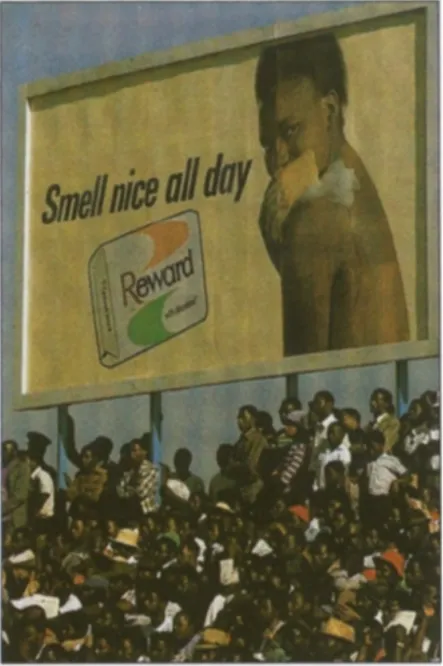
An easy way to find out what the “benefits” are for your product is to go one by one down your product’s features, and pretend a friend is asking you “Why?” to each one — you’ll need to explain to them why it matters.
“My toilet paper is extra soft”
“Why? What’s important about that?”
“Finally, it’s not painful like sandpaper when you use it!”
Action Step: I would take out a big sheet of paper and do a brain dump of all of the different features of your product. How big is it, how much does it weigh, how many pages is it, how many units come in the box, what color(s) is it, everything you can possibly think of!
The thing is, it’s not enough to make a promise about your product. To really succeed, you need to find the best one.
How can you find the best promise to make for your product?
Brainstorm a bunch of promises you could make for your product. Create a Google form, or something in another survey software. Distribute it to your customers and ask them to rate each promise for its importance and its uniqueness.
You want to select the winners by which ranks the highest across both categories. Remember, your marketing is how you’re going to set yourself apart from your competition — so picking promises sufficiently unique to hang your hat on is important.
You can then take the 2 highest ranking promises, or perhaps a promise that ranks the highest and one you just like better, and do something called a “split run”. Write 2 advertising messages for the product, each around the different benefits — then split test!
You can do this with A/B testing in your email marketing service, by setting up a split testing campaign in Facebook or PPC ads, or if you’re running a print ad/mailer it may be called a “split run”.
How Do I Tell My Story With Marketing?
After you have your promise down, or at least a few that you want to try, it’s time to put that idea into a cohesive concept.
What Should I Say?
The easiest way to figure out what to say is to become the biggest student of your product you possibly can.
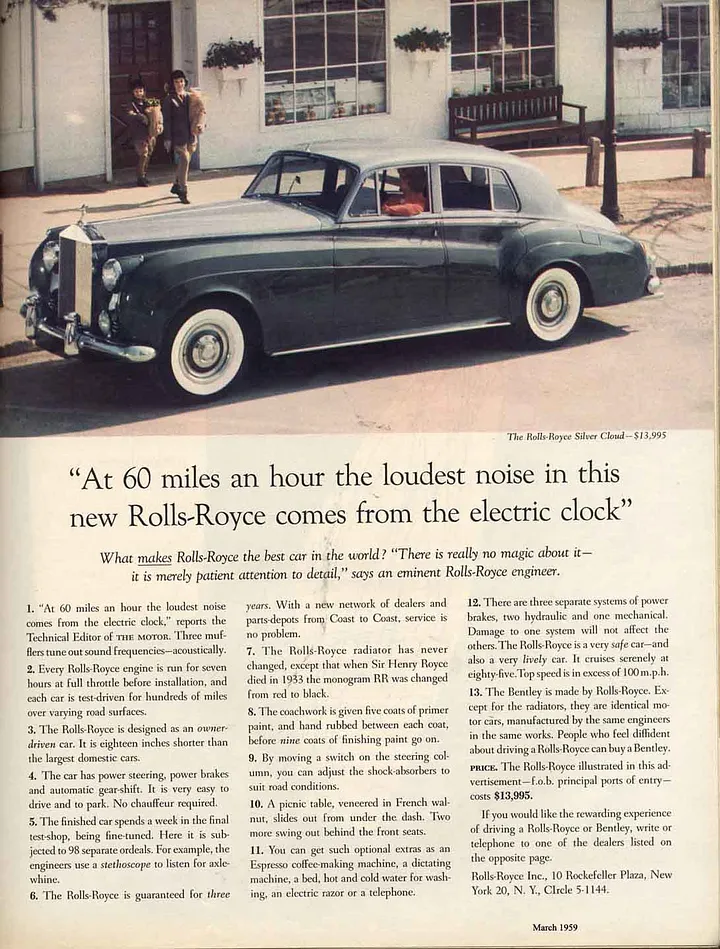
Note: Always include price when you can, like it’s in here! Price is a big purchasing factor, give people the information.
You’ll have to become a detective and figure out what your customers don’t know about your business, and what they’re interested in.
But that’s pretty hard when you’re the business owner, because you’re the expert!
You know your business inside and out, you’re working it every day. When you have a huge body of knowledge about something, it can be hard to remember what “beginners” don’t know.
I know it seems a little crazy when I say that people REALLY DO want to know the ins and outs of how you make your product, where you got the idea, what you had to do personally to test/create it, why X is the way it is, the lowest point of your entrepreneurial journey…
Maybe these seem like painstaking details to you, but that’s because you know it.
What seems boring to a master,
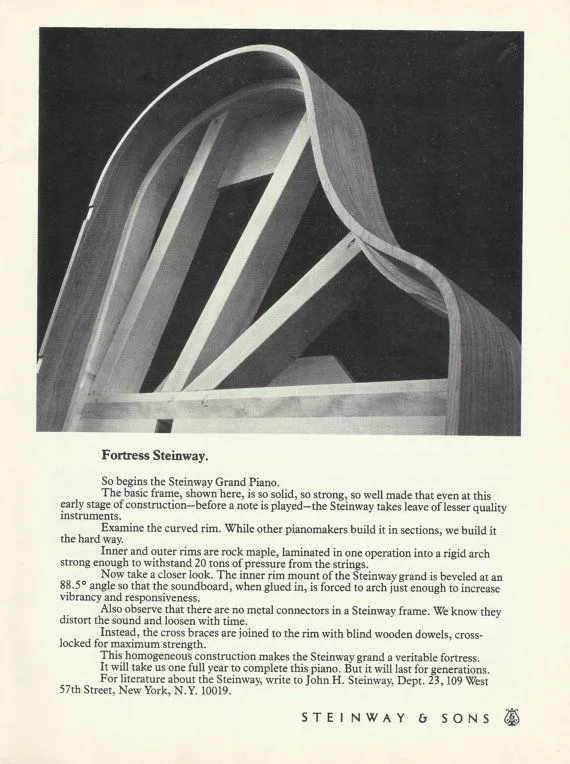
Here’s how you can see through a beginner’s eyes again:
Action Step: Grab a friend who doesn’t know much about your business! Or an acquaintance, potentially ask a kind stranger at a coffee shop if you don’t have anyone distant from your business you could chat with.
Grab your handy dandy cell phone, hit record, and have this person interview you.
You’ll want to record it so you can review what happened later.
Try to sit down and tell the whole story of your business to someone who is unfamiliar with it.
In person (and on tape) you can identify what they’re most into by what they ask the most questions about!
I say to tape it, so that you can go back later and review it. You can create a “story toolbox” (read about it here on Ramit Sethi’s site, it’s geared to social skills — but the story toolbox concept is easily applied to business), where you have identified the anecdotes that “laymen” find most interesting about your business — then you always have those to reference when you’re creating new marketing concepts.
Why is it important to talk to someone who doesn’t know about your product?
“When I was asked to do the advertising for Good Luck margarine, I was under the impression that margarine was made from coal. But 10 days reading enabled me to write a factual advertisement which worked.” — David Ogilvy
Look, people have ALL KINDS of misconceptions about your products! What it does, how it’s made, what it can do for them, why it works…
It’s your marketing’s job to paint that picture for them, with as much detail as possible.
Why You “Tell Stories” In Marketing
“Don’t write essays, write stories” — David Ogilvy
What does it mean to “tell a story” in your marketing?
It means understanding that the people you want to sell to are telling a story about themselves every day.
Your marketing is already a story that has:
A who — them.
A what — their problem.
A when — their timetable.
A where — could be their workplace, their own business, their bathroom, outside, in their car, all depending on your product. Use some common sense, or ask your customers to find out where they’re using your product.
A why — each of them have one, and it’s your job as a marketer to find out what it is.
And a how — your product!
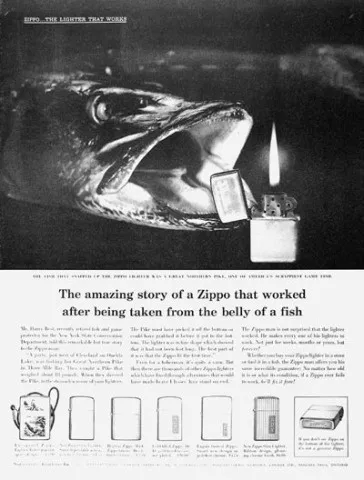
You want to create marketing that shows the customer how you fit into their narrative.
Just take a closer look at the Zippo ad linked to the left.
Zippo was founded in the 1930’s by an Austrian dude. The lighters were so badass, they happened to become very popular in the US Military — especially during WWII.
Actually, Zippo ceased “civilian” production and rerouted all production for military customers for a time!
What’s special about Zippos is that they don’t blow out in the wind, so I’m sure you see why they would be good for the military.
Can you see how this bit of Zippo’s history relates to their target market now?
Looking at the graphic, the fact that the subject matter is a fish, the content of the story (if you squint to read it) is around losing it during a manly fishing trip.
The same way that Zippo is telling a story to their “outdoorsy man” market, you can tell stories too.
Knowing who you’re for, and what you’re trying to do for them is critically important. It’s called positioning, and before you can make these fun stories you need to get crystal clear on what that is for you.
After you’ve decided that, you can then educate prospects on exactly how you fit into their lives through stories.
Alright, Alright… So, What’s My Angle?
From here onward we’re going to go through examples to help you figure out exactly that 🙂
When you’re telling stories about your product, there are a few different ways you can go about it.
Educate through story:
When telling stories, you want to make it clear who the product is for:
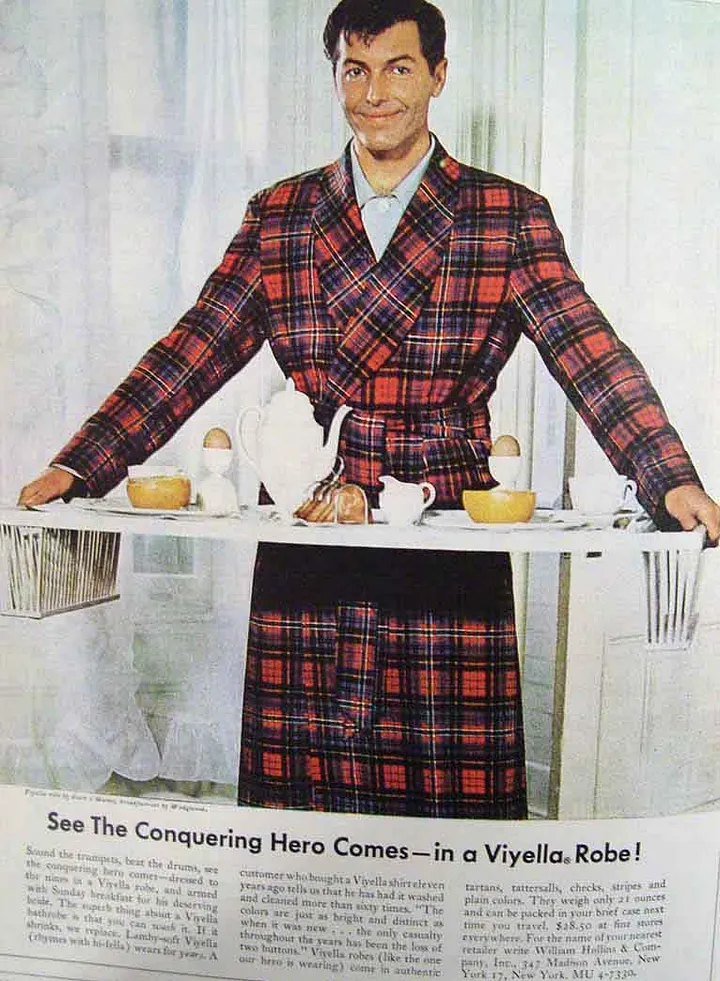
You can talk about how customers use it:
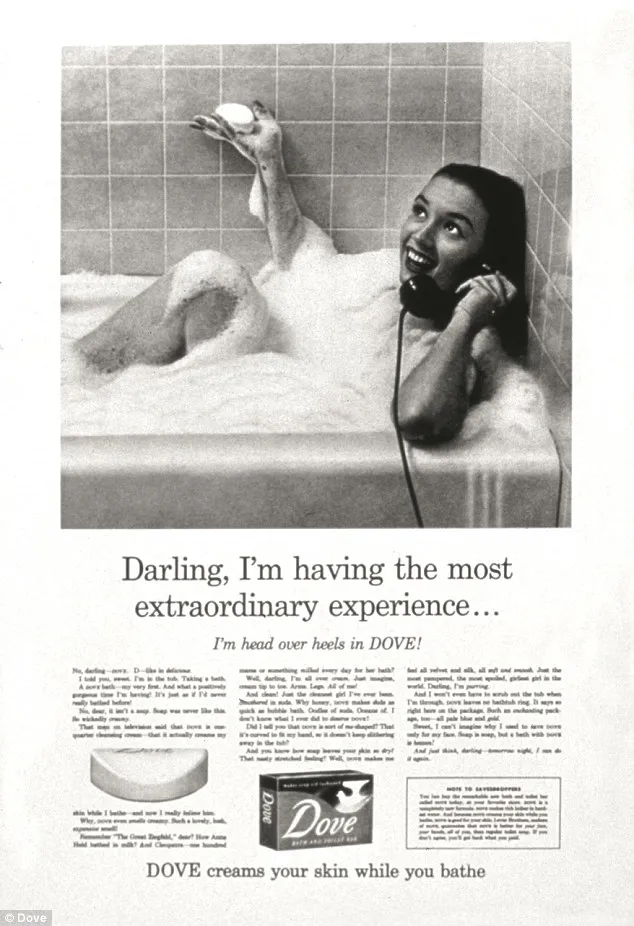
And you absolutely must hit on the end result of using your stuff:
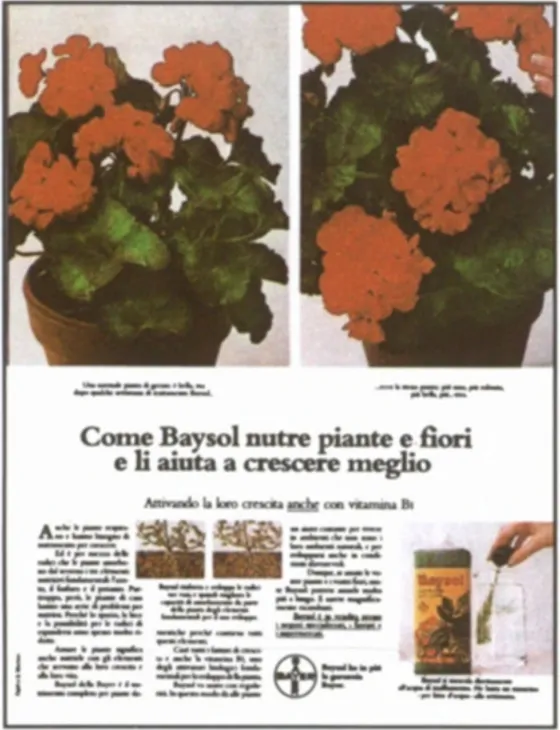
The plant on the left is untreated, the one on the right is treated with Baysol.
With your marketing, you’re trying to paint a crystal clear picture of who your product is for, and where exactly you fit into their lives. Take a look at this Guinness ad, think about where they’re saying they fit in:
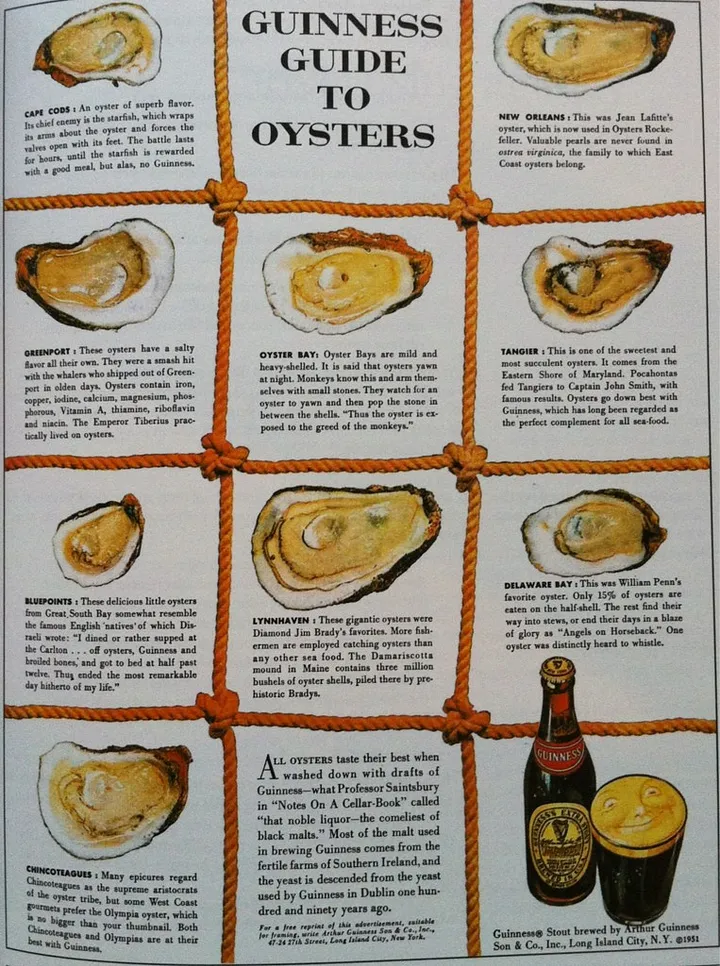
When you use that information from the earlier interview, you’ll be demonstrating your expertise by talking about the finer details of “the business”.
You’re also helping people trust that your product will work for them by explaining how everything fits together. Trusting that the product will work for them is the most important thing you need to convince them of.
“In the past just about every advertiser has assumed that in order to sell his goods, he has to convince consumers that his product is superior to his competitor’s. This may not be necessary. It may be sufficient to convince consumer that your product is positively good. If the consumer feels certain that your product is good, and feels uncertain about your competitor’s he will buy yours.” — Joel Raphaelson
You want to give prospects all the information possible to make the best decision for themselves.
In his book Ogilvy On Advertising, Ogilvy discusses some tried and true formats for “stories” that work in marketing.
When you have your positioning nailed down, and have done your “story toolbox” interview your brain will just light up with ideas on how you can adapt these frameworks to your own brand.
Some of these are print ads, some are TV commercials — but it doesn’t matter.
The basic structures of these stories can be used in any medium. Facebook ads, email marketing, content, the only limit is your imagination.
Slice of Life
Slice of life is a term that comes from art, in film and theater it means depicting events like they are realistic, everyday events.
In advertising, it means the ad is probably going to take place where the consumer is going to be using the product. It usually involves a dramatization of “the problem” that’s most common in the customer journey, which the protagonist is able to work through with the product.
Detergent manufacturers use this format a lot:
It doesn’t need to have a dramatization of the problem though, a slice of life ad can also just show your product being used in a normal situation. Almost like making a “sketch” around a scenario where someone would use the product.
The series of commercials American Express has run with Tina Fey is a perfect slice of life example, here’s one sans “the problem” dramatization:
Testimonials
This is a little bit of an obvious one: testimonials are when people say stuff about you.
I am sure that it can seem overused to you because of how saturated the fitness market is with these. Also, the beauty market.
But let me ask you… Do you have a dedicated piece of marketing (or campaign) spreading the good testimonial news about you?
Probably not is the answer! In many industries the testimonial is underutilized.
I like to incorporate the testimonials into the email automation sequences I build for my clients, especially in introductory sequences. Here’s an example:
But obviously it’s not limited just to email!
Record videos of testimonials so you can use them. Tell stories of how you helped clients, and include their testimonials as social proof. Set up a Facebook ad campaign that’s dedicated to promoting video & text testimonials!
The sky is really the limit with where you can incorporate them. But I can tell you, you’re not incorporating testimonials enough. Not just on your website, but in your overall marketing strategy.
Problem-Solution
These can sometimes seem like slice of life, but the difference (besides that slice of lifes don’t always need a “problem”) is that in the slice of life it’s implied that the protagonist is a user of the product.
In problem-solution, it can be delivered by a spokesperson, a user, whatever! It can be a bit more fanciful than slice of life ads, which are meant to reflect real life situations.
Here’s an example of how Maytag uses the Problem-Solution format to great effect:
But obviously it’s not limited just to email!
Record videos of testimonials so you can use them. Tell stories of how you helped clients, and include their testimonials as social proof. Set up a Facebook ad campaign that’s dedicated to promoting video & text testimonials!
The sky is really the limit with where you can incorporate them. But I can tell you, you’re not incorporating testimonials enough. Not just on your website, but in your overall marketing strategy.
Problem-Solution
These can sometimes seem like slice of life, but the difference (besides that slice of lifes don’t always need a “problem”) is that in the slice of life it’s implied that the protagonist is a user of the product.
In problem-solution, it can be delivered by a spokesperson, a user, whatever! It can be a bit more fanciful than slice of life ads, which are meant to reflect real life situations.
Here’s an example of how Maytag uses the Problem-Solution format to great effect:



